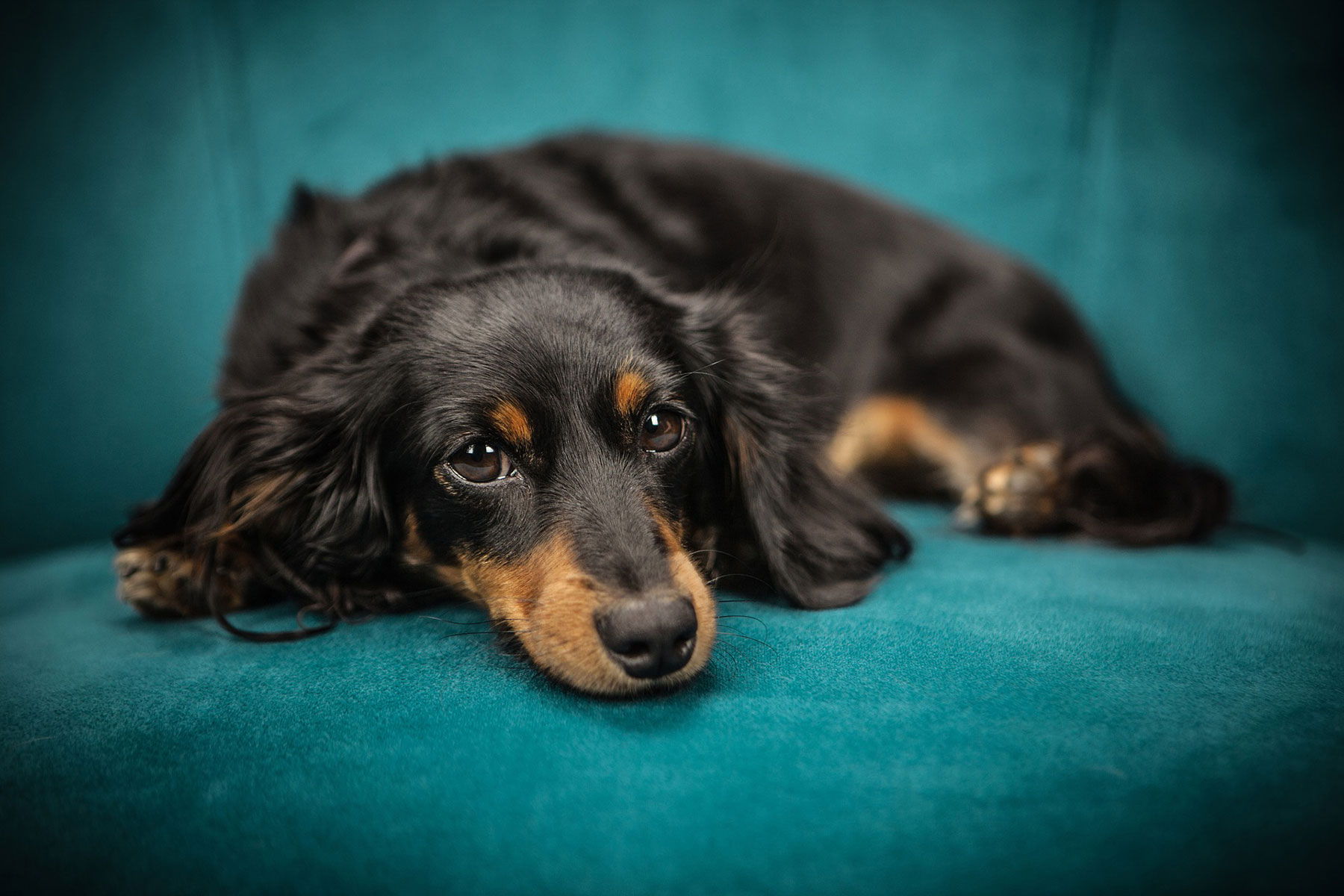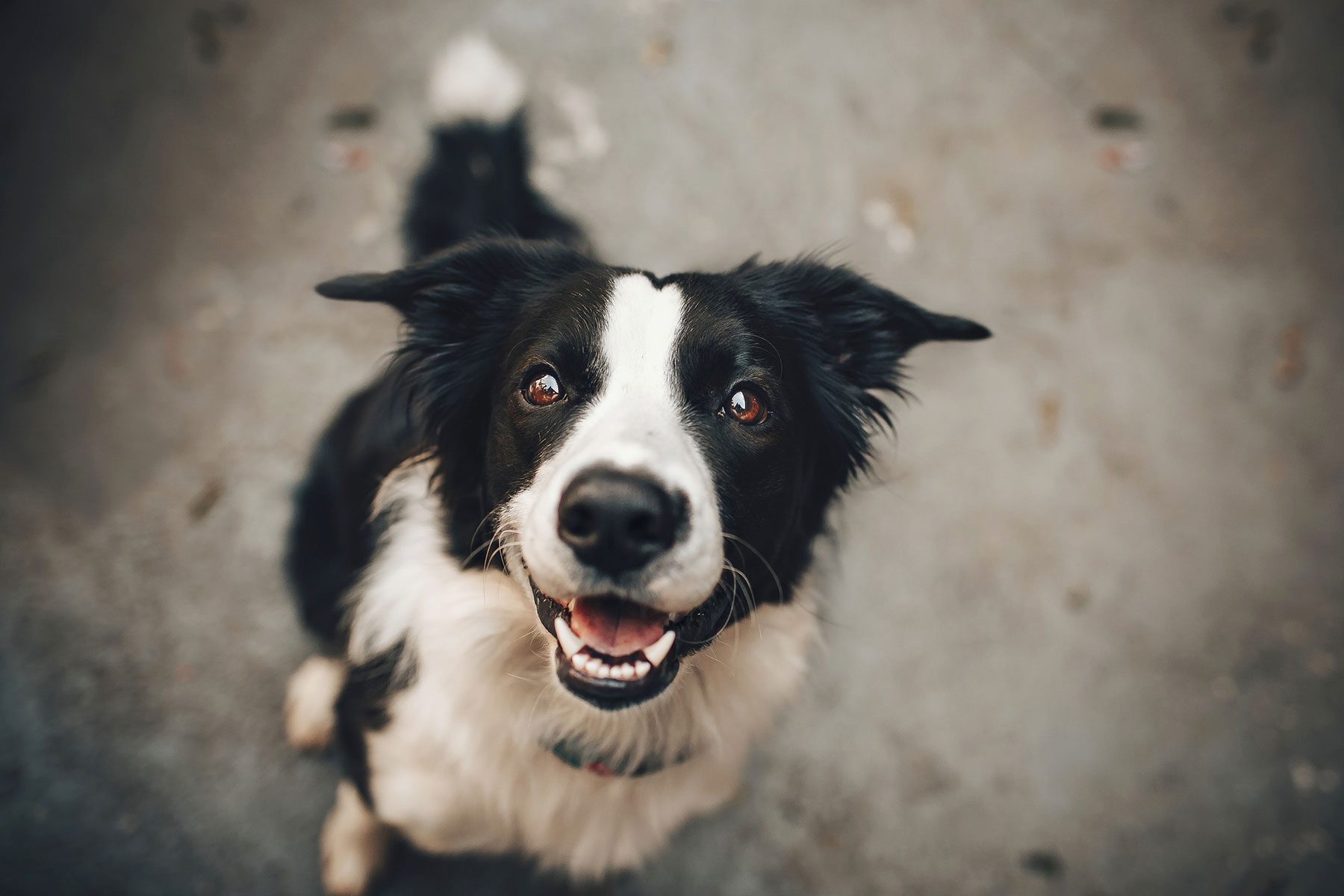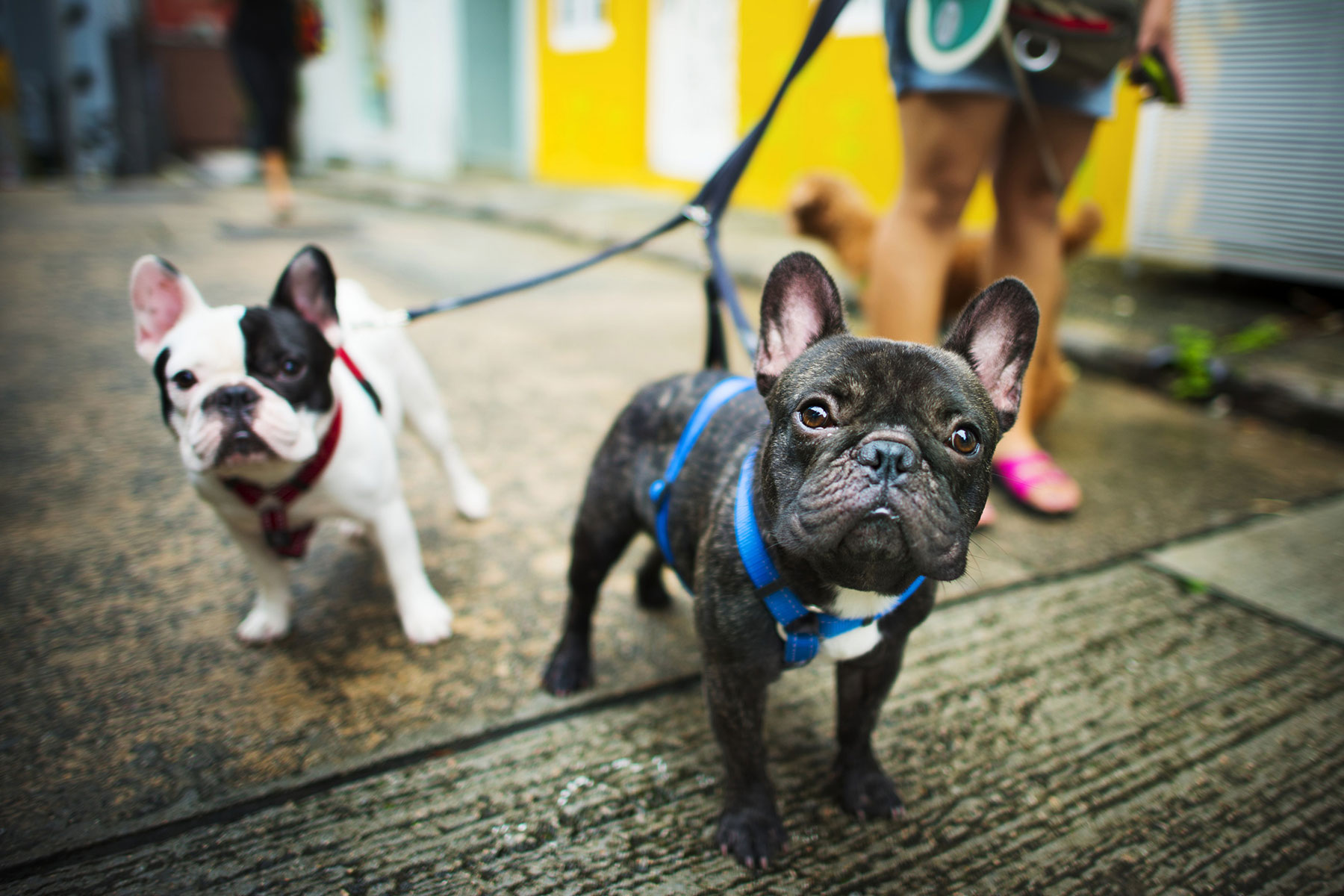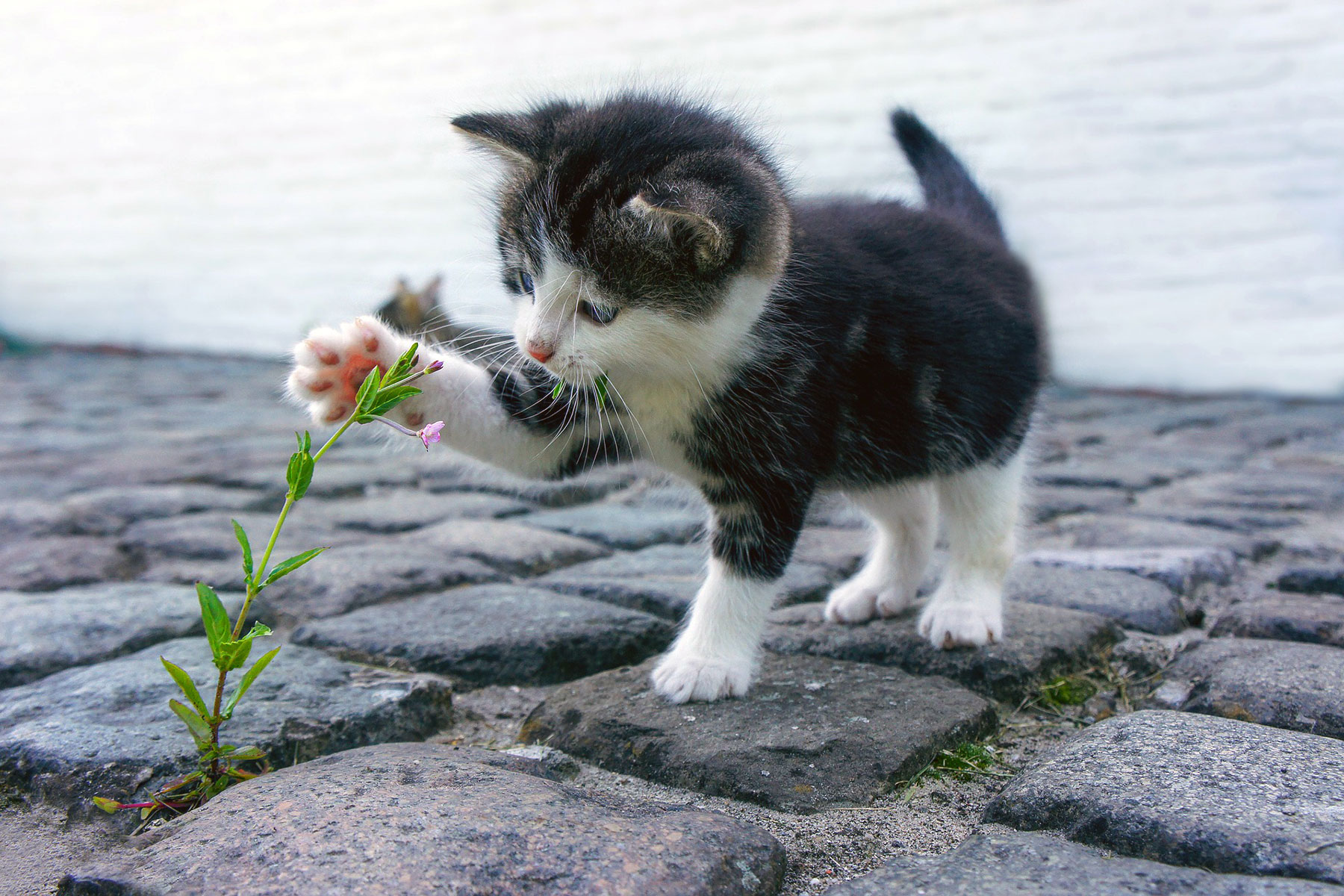
Every year hundreds of pets die in hot cars in Milwaukee, with many more passing from heat stroke. The Brook Falls Veterinary Hospital offered tips to pet owners to keep their pets safe this summer.
HUMIDITY
#1 — It’s not just the heat – it’s also the Humidity. Dogs and cats cannot sweat except for their footpads. The main way they exchange heat is by panting. The moisture that is evaporated from their lungs takes the heat from their bodies very efficiently. However, if the humidity is too high, they are unable to cool themselves, their body temperatures can rapidly skyrocket to life-threatening levels.
OVERHEATING
#2 — Know the signs of overheating in pets and how to treat. Excessive panting or rapid breathing, bright red or dark red/purple looking tongue, excessive drooling, elevated body temperature, excessive thirst, weakness (staggering or stumbling) to collapse, glazed eyes, increased heart rate/pulse, vomiting, diarrhea – occasionally bloody, seizures, unconsciousness. In a very short period of time, an overheated pet can suffer irreversible organ damage – to the brain, heart, liver and nervous systems. If you think your pet is experiencing heat-related signs or “heat stroke” immediately move your pet to an air-conditioned area. Call a veterinarian and make plans to transport your pet to a veterinary facility. You can begin the cooling process by applying ice packs or cold towels to their feet, groin and axilla/armpit areas.
DEHYDRATION
#3 — Provide plenty of fresh, clean drinking water at all times. In addition to overheating, your pet can become dehydrated very rapidly in warm weather. A good general rule is that a healthy dog should drink between ½ to 1 ounce of water per pound of body weight each day. Remember to change the water frequently during hot days or add ice to cool the drinking water temperature.
SHADE
#4 — Provide shade. Make sure your pet has a shady, well-ventilated place out of the sun. Shade alone can reduce the air temperature by 10 degrees. Tree shade or raised tarps are ideal because they do not obstruct airflow. A dog house does not provide relief from the heat, in fact, it makes it worse. Additionally, shade spots move with the sun over the course of the day.
LIMIT EXERCISE
#5 — Limit exercise on hot days. Take care when exercising your pet. Adjust the intensity and duration of exercise in accordance with the temperature. On very hot days, limit exercise to the cool of the early mornings or evening hours. Asphalt or blacktop gets very hot and can burn your pet’s paws. Additionally, being on blacktop can also raise pets overall body temperatures by transfer of heat up through their “bellies”, so limit time on these surfaces and walk your dog on the grass, if possible. A good rule of thumb is, if the outdoor temperature hits 90 degrees, your pet should be indoors.
WATER ACTIVITIES
#6 — Encourage water activities. Provide water-related activity if possible, i.e., a kiddie pool for wading or resting, a sprinkler to run in or you can gently hose down your pet with cool water to encourage evaporation. Do not leave pets unsupervised around a pool or body of water – not all dogs are good swimmers. If you allow your pet to swim, introduce them to water slowly and have them wear a floatation device this is especially important if you take your dogs on a boat. If your dog has been in “human” pool, rinse your dog off to remove chlorine, salt or other chemicals and prevent them from drinking the water, as well.
DON’T LEAVE PET IN PARKED CAR
#7 — Never leave your pet (or child) alone in a parked car. Not even for “a minute.” It can be deadly in a short period of time, and it is illegal in many states. If not deadly, pets/children can suffer irreversible organ damage and die. Even if the temperature outside is only a comfortable 70 degrees, the inside of your car may be as much as 20 degrees higher. On an 85 degree day, it takes only 10 minutes for the inside of your car to reach 102 degrees. Within 30 minutes, the car’s interior temperature can climb to a scorching 120 degrees. A car can overheat even if a window has been cracked an inch or two. Leaving your pet/child alone in a” running” car with the air conditioner on is also extremely dangerous for a whole host of reasons.
COOLING YOUR PET
# 8 — Cool your pet inside and out. You can offer your pet a delicious commercial frozen treat ie Frosty Paws or you can whip up a batch of quick and easy “Homemade Peanut Butter Pupsicles” for your dog. This is a great activity to involve the whole family. You can also help to prevent your pet overheating using a cooling vest, wrap or mat. Most of these are made of material that you soak in water and there is cooling of the pet as the water evaporates.
DON’T SHAVE YOUR PET
# 9 — Don’t shave your pet. Feel free to trim longer fur. The layers of pets’ coats protect them from overheating and sunburn. Brushing cats more often can help prevent problems, in this species. If you use any sort of sunscreen or insect repellents on your pets, make sure to read labels carefully. Cats are not just ‘little dogs.’ Many products safe for dogs are extremely toxic to cats.
PARTY SAFE WITH YOUR PETS
#10 — Remember that certain foods and drinks commonly served at picnics or barbeques can be toxic to pets. Keep alcoholic beverages away from pets as they can become intoxicated quickly. Similarly, snacks and other fatty foods enjoyed by humans should not be shared with our pets. Avoid raisins/grapes, onions, chocolate, and products containing the sweetener xylitol. Never use fireworks around pets. Exposure to lit fireworks can potentially result in severe burns or trauma and unused or ‘dud’ fireworks can contain dangerous chemicals. Additionally, many pets are fearful of loud noises. Not only does this result in increased stress and anxiety for the pet but the pet can be so scared that it runs away, becomes lost or disoriented. So it is best to keep your pets at home when you head to any fireworks displays. It is best to leave them in a quiet, sheltered and escape-proof area of your home.
Brook-Falls Veterinary is a full-service veterinary hospital offering an extensive range of comprehensive medical, dental, diagnostic and surgical services to meet the varying needs of all of our patients.

















